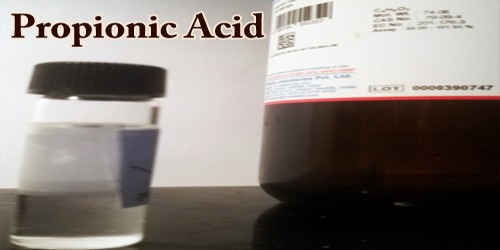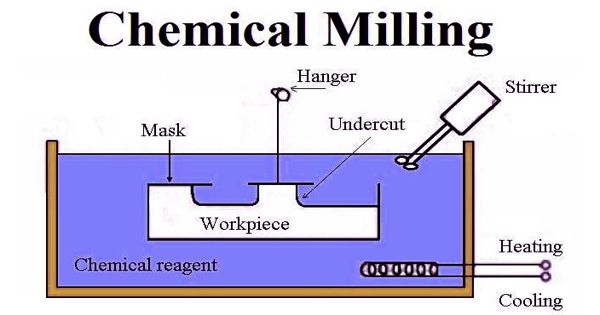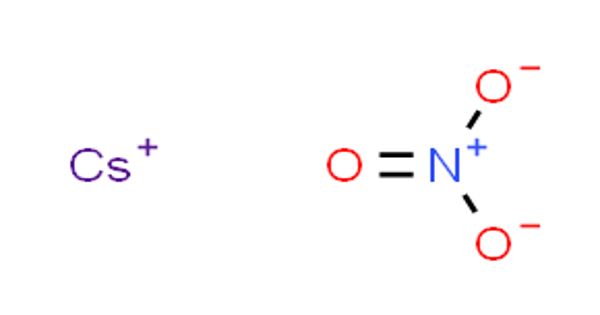Scandium phosphide is an inorganic compound of scandium and phosphorus with the chemical formula ScP. It is a binary compound consisting of the elements scandium (Sc) and phosphorus (P). It is a relatively rare compound due to the scarcity of scandium itself, which is a rare earth metal.
Synthesis
ScP can be obtained by the reaction of scandium and phosphorus at 1000 °C.
4 Sc + P4 → 4 ScP
Physical properties
This compound is calculated to be a semiconductor used in high power, high frequency applications and in laser diodes.
- Chemical formula: ScP
- Molar mass: 75.929670 g·mol−1
- Appearance: It is typically a solid with a crystalline structure.
- Color: It may appear as a white to grayish solid depending on the preparation method.
Chemical properties
ScP can be smelted with cobalt or nickel through electric arc to obtain ScCoP and ScNiP. It is relatively stable at room temperature. It is highly reactive with water, forming phosphine (PH₃), a toxic and flammable gas. It reacts with acids, and its reactivity can increase at higher temperatures.
Crystal Structure
Scandium phosphide generally crystallizes in a cubic structure, similar to the structure of sodium chloride (NaCl), though the exact arrangement can vary.
Preparation
Scandium phosphide can be synthesized by heating scandium and phosphorus together at high temperatures. This reaction typically occurs in a controlled environment to avoid oxidation or other side reactions.
The general reaction can be expressed as: 2Sc+P2 →2ScP
Applications
- Semiconductors: Due to its potential for semiconducting behavior, scandium phosphide is investigated in the field of electronics and optoelectronics.
- Materials Science: The compound’s high thermal stability and unique properties may make it useful in certain high-performance materials, particularly in applications where high temperatures or specific electronic properties are needed.
However, because scandium itself is rare and expensive, the use of scandium phosphide in industrial applications is limited.
Safety Concerns
When scandium phosphide reacts with water, it produces phosphine gas, which is highly toxic and flammable. Proper precautions should be taken when handling this compound to avoid exposure to phosphine.
















